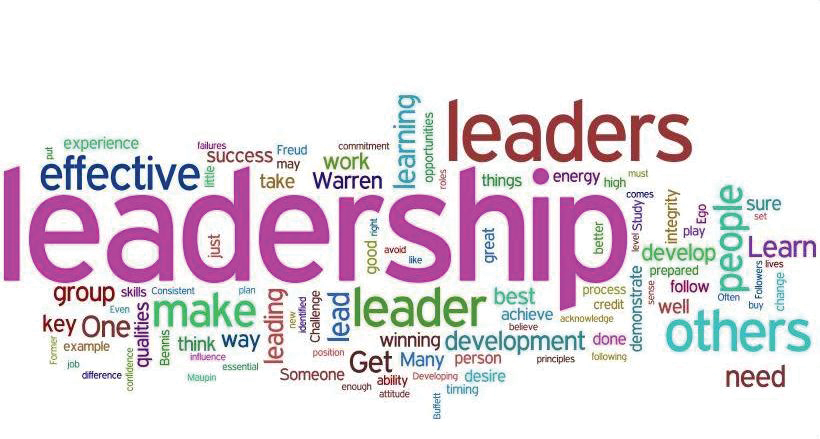We are headed toward a massive transition in leadership at firms across the country as the current leadership gets closer to retirement. Some firms have already successfully transitioned, others are preparing, and then, there are those that don’t yet have any plans in place. The transition discussion is abuzz at the conferences I’ve recently attended – both among attendees and speakers. And, tensions are high between the very generations whose roles are about to shift, which is extremely concerning.
The State of the State
Current leadership often complains they can’t find quality candidates to fill the pipeline. Pointing to a generation that doesn’t want to put in the hours or work for it. They use words like lazy and entitled to describe them and say they waste time using technologies like mobile and social media. The younger generation uses terms like out-of-touch and archaic to describe the people they will succeed. They point to a need to do things differently to succeed in the future and some suggest throwing out the old model completely.
So who’s right? I’ll show you here how the correct answer lies somewhere in the middle.
Listen Up Emerging Leaders
I’ve been hearing an increasing number of people from my generation (the emerging partner group) spreading a message that the old model is antiquated and needs to be replaced by completely new thinking. I agree that we need to do things differently but a complete reboot isn’t necessary. Emerging leaders needs to step back and understand a few things about those that have come before us.
- First, they have years of wisdom and professional experience that we can and should tap into if we are smart business people.
- We also need to appreciate everything they’ve done to set up the opportunity that is currently ahead. It would not exist if not for the hard work they put in throughout their careers.
- We need to realize it’s hard to let go of something you’ve been doing your whole life. We may have to temper our expectations of how quickly we are going to ascend in the firm.
- We also need to present our new ideas with respect and ask how they fit in with current leadership’s view of the environment.
- Finally, don’t push too hard. This is an emotional transition that takes time. They need to work through it personally before they can work share the plan or roadmap with anyone else.
Tips for Current Leaders
Seasoned professionals must think back to earlier in their own careers so they can better empathize with what the emerging professionals are thinking, feeling and doing. A few years ago I listened to Bill Reeb speak on generations – he read an article to the audience that listed all the gripes current management had with the next generation. Only after the audience (made up mostly of seasoned professionals) had finished their wave of head nods in agreement did he reveal that the article was from many years ago and was actually written about the Baby Boomer generation. Truth be told, you’ve been in their shoes and, likely, someone judged your perceived intentions (or lack thereof) at some point in your career. So let’s look for the positives that we can leverage to move forward toward a successful transition.
- First and foremost, the up-and-coming leaders bring a fresh perspective that is important to the future of the firm. They also bring new ideas and skills to the table as well; especially in the area of technology. Leverage these to the firm’s advantage.
- Open your mind to new ways of thinking and doing things. Considering how these ideas might fit into how you’ve traditionally done things.
- Coach & mentor young professionals but also challenge them. This involves stepping back, which can be emotional and difficult to do but is necessary to the transition.
Finding a Middle Ground…TOGETHER
Although Thoreau wasn’t referring to the accounting industry when he said “things don’t change, we change,” I think this quote is a great way to approach the coming of ages. The sooner we stop throwing daggers at each other based on what the other perceives to be wrong and start focusing on the positive aspects we all bring to the table, the quicker we can start blending our perspectives and planning the transition – together. This building tension and divide must stop. It will derail, delay and even destruct the impending and important shift in leadership, and we must all come together now to ensure a successful transition.
Put an action plan in writing that spells out the transition timeline, what/when activities will be transitioned and how approaches can be melded. This will probably require many emerging leaders to ‘tap the brakes’ and current leaders to ‘hit the gas,’ but working together you can figure it out.
Thanks for reading CPA Practice Advisor!
Subscribe Already registered? Log In
Need more information? Read the FAQs
Tags: Firm Management, Technology





